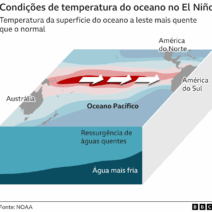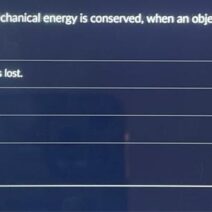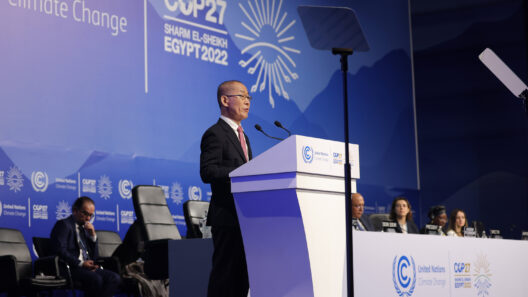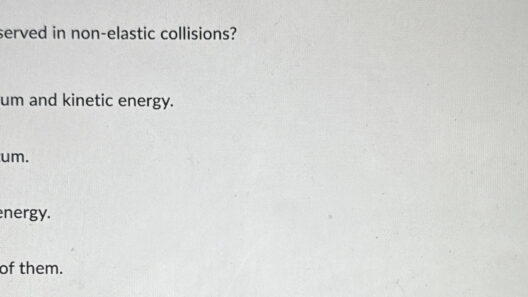Nuclear energy represents an integral component of the contemporary energy landscape, fostering advancements while simultaneously presenting significant challenges in conservation. As the world grapples with the pressing need for cleaner, sustainable energy sources, exploring practical and innovative ways to conserve nuclear energy resources becomes paramount. This discussion delves into multiple dimensions of nuclear energy conservation, examining both structural and behavioral strategies that can yield substantial benefits in the long run.
Nuclear Power Plant Efficiency
Central to conserving nuclear energy resources is enhancing the efficiency of nuclear power plants. Plant operators can implement numerous upgrades and practices designed to increase output while minimizing waste. For instance, utilizing advanced reactor designs, such as Generation III+ reactors, can lead to greater thermal efficiency and reduced fuel consumption. These innovative designs integrate passive safety features and sophisticated cooling systems, significantly mitigating the risks associated with nuclear operations.
The optimization of existing reactor systems, through proper maintenance schedules and operational oversight, ensures that nuclear facilities run at peak performance. Regular inspections and upgrades of components, such as turbine generators and fuel processing systems, contribute to the longevity and efficiency of nuclear power plants. Furthermore, incentivizing the development of innovative technologies, such as nuclear waste heat recovery systems, facilitates better energy conversion and utilization of existing resources.
Fuel Resource Management
Another crucial aspect of nuclear energy conservation revolves around effective fuel resource management. The procurement, utilization, and recycling of nuclear fuel require diligent oversight to minimize waste and ensure sustainability. High-enriched uranium, which is a prevalent fuel source, can be repurposed through reprocessing procedures, allowing for the extraction of usable fissile materials. By maximizing the use of existing fuel stocks, the nuclear industry can significantly extend its operational lifespan while minimizing reliance on newly mined materials.
Moreover, exploring alternative fuel types, such as thorium, presents an avenue for enhancing the sustainability of nuclear energy. Thorium, in contrast to uranium, is more abundant and generates less long-lived radioactive waste. Initiatives to research and develop thorium reactor technologies are gaining momentum, indicating a pathway toward a more sustainable nuclear future.
Integrated Energy Approaches
In its quest to conserve nuclear energy resources, it is vital to adopt integrated energy approaches that synergize with other renewable energy sources. For instance, pairing nuclear power with solar or wind energy can enhance grid stability, allowing for more efficient energy consumption. By establishing a diversified energy portfolio, society can bolster the reliability of nuclear energy while reducing dependence on singular sources of power.
Combining nuclear power with energy storage technology—such as battery systems or pumped hydroelectric energy storage—can further optimize energy distribution and consumption patterns. These integrated systems provide a buffer to accommodate demand fluctuations and ensure that surplus energy generated during peak nuclear production times is utilized effectively.
Community Engagement and Education
Community engagement plays a pivotal role in the conservation of nuclear energy resources. By fostering public awareness and understanding of nuclear energy, the benefits of conservation practices can be amplified. Informative campaigns that detail how local communities can participate in energy conservation—whether through energy audits, implementing demand response strategies, or educating residents about efficient energy usage—can help mitigate wasteful consumption.
Furthermore, deepening the public’s understanding of nuclear energy’s environmental benefits—such as its low carbon footprint—can engender support for nuclear initiatives and conservation efforts. Workshops, seminars, and partnerships with local educational institutions can create platforms for sharing vital information about energy efficiency and nuclear technology advances.
Legislation and Policy Frameworks
A robust policy framework is instrumental in promoting nuclear energy conservation. Governments can introduce regulations that incentivize energy efficiency measures, encourage research in advanced nuclear technologies, and support the development of sustainable fuel cycles. Legislative efforts must also focus on the standardized decommissioning of outdated nuclear facilities, ensuring that remediation practices adhere to safety and environmental standards.
In addition, international collaboration is essential in strengthening the nuclear energy conservation agenda. Joint initiatives focusing on best practices and shared technological advancements can enhance the efficiency and sustainability of nuclear operations worldwide. Implementing global agreements aimed at reducing greenhouse gas emissions can also provide a framework for nuclear energy to be recognized as a pivotal component of climate-change mitigation strategies.
Conclusion
Beyond the traditional parameters of nuclear energy use lies a multitude of practices and strategies aimed at conservation. By optimizing plant operations, managing fuel resources, integrating energy systems, engaging communities, and fostering supportive policy frameworks, stakeholders can effectively leverage nuclear energy’s potential while safeguarding our planet’s environmental integrity. The journey towards sustainable nuclear energy resources requires a multifaceted approach, one that emphasizes collaboration, innovation, and responsibility in the face of an ever-changing energy landscape.








